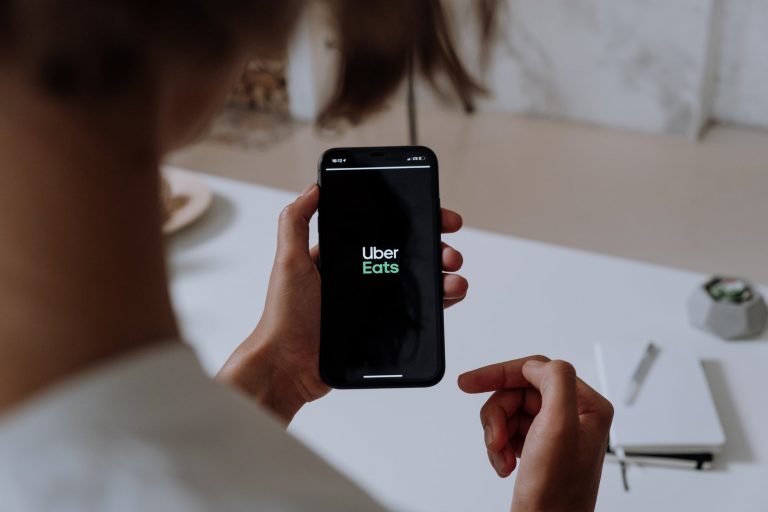The events of 2020 dramatically accelerated digitization across various companies and industries by a shocking seven years, McKinsey reports. Such advancements in technological capabilities will remain long after the world returns to normal, though. Virtual weddings, digital dining, and smart workplace wristbands are some of the ways technology is changing the world.
Contents
Virtual weddings
Out of surveyed weddings originally planned for September 2020 through January 2021, 43% took place virtually. Now commonplace enough for special ceremony etiquette to have evolved, virtual weddings allow couples to get married to friends and family around the world in attendance virtually, providing a safe and socially distanced alternative. What’s more, virtual weddings don’t necessarily have to be so different from traditional ones. For example, couples can access interactive venue previews of real wedding venues without having to leave their homes until the big day. With drag-and-drop tools, couples can switch up room layouts, furniture, and décor to easily plan their ideal venue remotely.
When it comes to streaming the wedding to guests, Skype and Zoom are popular video chat platforms. However, couples can even use virtual reality (VR). Save the Date VR, for example, sends VR headsets to wedding guests to provide them with 360-degree wedding video generated by cameras placed around the venue in fixed locations. It’s even possible for guests to remotely take group photos together. Outsnapped, for example, is a virtual photo booth company using artificial intelligence to make this possible. It allows guests to design their own photo montages with various guests superimposed against different backgrounds. Photos can be downloaded, shared, or printed out as a physical album.
Digital dining
Demand for meal and grocery deliveries rose sharply last year. In the United States, food deliveries accounted for roughly 13% of the restaurant market in 2020, compared to the 9% previously forecasted, and will potentially increase to 21% by 2025. Traditionally, on-demand food delivery has been considered expensive and unlucrative. However, the creation of ghost kitchens (aka cloud kitchens or dark kitchens) is now centralizing food preparation and pickup, which in turn boosts profitability while ensuring standardized quality. For example, JustKitchen currently provides cooking facilities for delivery meals in Taiwan, with plans to expand to the US, Hong Kong, and Singapore this year. It runs on a “hub and spoke,” model: “hub” kitchens are first used to prepare ingredients before they’re transported to smaller “spokes” and assembled into meals. Delivery partners (including Foodpanda and Uber Eats) then collect and deliver the meals to customers. To place orders, customers are increasingly using their phones. For example, customers can scan QR codes with their smartphones to instantly access menus without the need for staff. They can also use payment apps to pay the bill.
Wearable workplace tech
Remote working is now the norm for many employees. However, it can leave managers blind to the mental health struggles this new lifestyle may be causing. Fortunately, wearable technology like Moonbeam provides managers with a way to track the emotional state of their employees. Moonbeam is a smart wristband that connects to an app and web interface. It features a yellow and a blue button. When an employee presses the yellow button, this lets the manager know they’re happy, while the blue-button indicates sadness. Wearing the wristband is optional, and employees are encouraged to press the relevant button as they see fit. Managers can monitor their employees’ mental states on an online dashboard and respond as needed. When staff wellbeing is prioritized, productivity and engagement naturally increase.
The world has changed drastically over the past year. Virtual weddings, digital dining, and wearable workplace tech are some key ways technological advancements are revolutionizing daily life.

